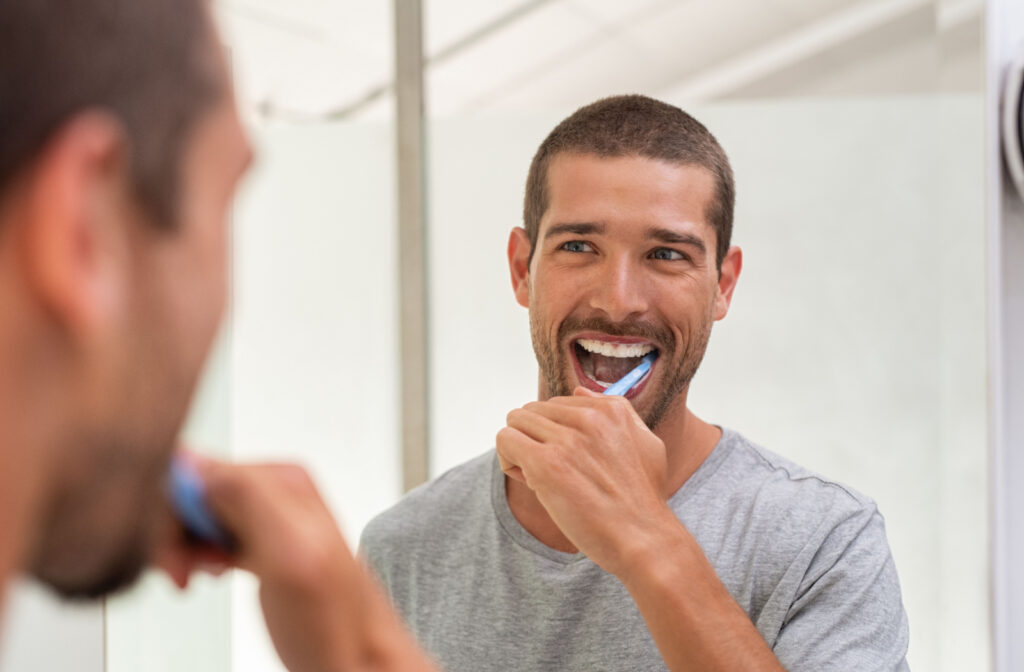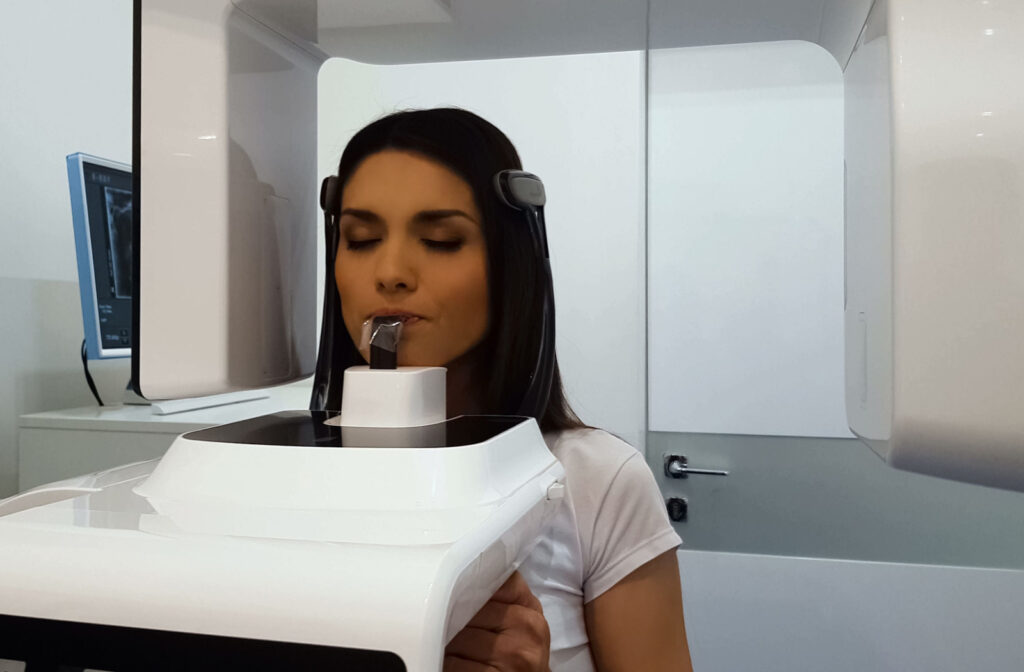Many people can expect to visit their dentist twice a year for teeth cleanings and examinations, but expectations can be tricky regarding X-ray—some people have them every visit, while others have them less frequently.
Learning how often you may need a dental X-ray and why dentists provide them can help you understand more about caring for your teeth and making decisions about other family dental needs.
Regular X-Rays Are Essential for Protecting Your Oral Health
X-rays are necessary for protecting your oral health—your dentist can use them to see what’s happening inside your teeth and jaw.
Teeth can change, especially for children—you can develop cavities, teeth can gradually shift, or your enamel can wear with time. Not everything can be examined thoroughly with the naked eye and this is where x rays help. Regular X-rays are essential for identifying problems and changes related to your teeth, gums, and jaw.
X-ray frequency can depend on your overall oral health. You may not need X-rays every visit if you don’t have a history of cavities or other oral health problems. X-rays may be more necessary if you have consistent dental problems or your dentist has concerns about your risk for specific oral health issues.
In general, you can expect to receive X-rays every 6–12 months.
Are X-Rays Safe?
X-rays can seem intimidating for some people, mainly because radiation is involved in capturing the images. However, the level of radiation used in X-rays is low, meaning the overall process is safe. Lead aprons are commonly used for X-rays, but your dentist may have other forms of protection available.
Speak with your dentist if you’re nervous about X-rays during your appointment—we can answer your questions to help you fully understand what to expect.
Dental X-Ray Consultation: What to Expect
You don’t need to expect an all-day session when receiving a dental X-ray—they don’t typically take long. Dental technicians commonly take these images at the beginning of your exam.
The exact process can vary, but typically, during an X-ray, your technician will first ensure you’re fully protected from radiation. They may then provide instructions to open your mouth and bite onto several different sensors that help capture images.
After getting adequate pictures to examine your entire mouth, your technician will take you to the next step of your appointment. You may need additional images if you or your dentist have specific concerns about a specific area to reach the most accurate diagnosis.
What Can X-Rays Help Identify?
There are different types of X-rays available to use during dental examinations. The type we use may depend on whether we are trying to see your overall oral health or examine specific parts of your teeth, jaw, and the surrounding structures, such as tooth roots.
X-ray images can provide vital information about your oral health, helping us identify:
- The position of your teeth
- Tooth decay underneath fillings or between teeth
- Bone loss
- Tooth abscesses
- Health of your TMJ
- Deposits hiding deep beneath your gum line
X-Rays Are Only One Part of Your Dental Visit
X-rays only count for one aspect of your dental exam. During your visit, we thoroughly examine your teeth, mouth, and gums to identify potential issues and get a complete picture of your oral health.
Dentists often look for the following potential issues during a dental exam:
- Cavities
- Damaged teeth
- Signs of clenching or teeth grinding
- Signs of mouth or throat cancer
- Teeth spacing issues
- Gum inflammation
Your appointment also typically includes a dental cleaning—a multi-step process to scrape, clean, and polish your teeth.
What Happens During a Dental Cleaning?
Your dental cleaning may happen before or after your X-rays. A dental hygienist typically performs this part of your appointment, helping brush, floss, and scrape away unwanted plaque and tartar to protect your teeth for the future.
In general, you can expect the following steps during your dental cleaning:
- Plaque and tartar removal: The removal of plaque and tartar on your teeth is the first step in the dental cleaning process. A dentist or dental hygienist can use a scaler to scrape and thoroughly clean your teeth.
- Teeth polishing and flossing: After scraping away plaque and tartar, your dental care team can polish your teeth using an electric brush and specialized toothpaste. This step of the cleaning process can help address any excess bacteria left behind from the scaler. We may also floss your teeth to remove plaque between them.
- Fluoride treatment: Fluoride is like a multivitamin that forms a chemical structure with your tooth. This chemical structure is more resistant to cavities. To apply fluoride, your dental care team may use a gel or varnish.
How Can You Protect Your Oral Health Between Appointments?

We can help care for your teeth, gums, and mouth, but the overall responsibility lies with you. The time between your appointments is when cavities can develop, so it’s important to take some time to prioritize your oral hygiene. Remember, your oral health forms the most important part of your overall health.
You can care for your oral health by:
- Brushing twice daily and flossing at least once a day
- Limiting your consumption of alcohol
- Avoiding tobacco products
- Limiting your consumption of sugary and acidic foods
Book Your Next Dental Exam
X-rays play a vital role in your oral health by helping your dentist look at the inner workings of your teeth and jaw. They can help diagnose potential problems from cavities to bone loss, supporting your dentist as they create your treatment plan.
While X-ray frequency can vary from person to person, your dentist can always address your concerns and answer any questions you may have related to your dental experience. Contact Sixth Line Family Dental when it’s time for your next exam and cleaning. We would be happy to answer any questions you may have.


